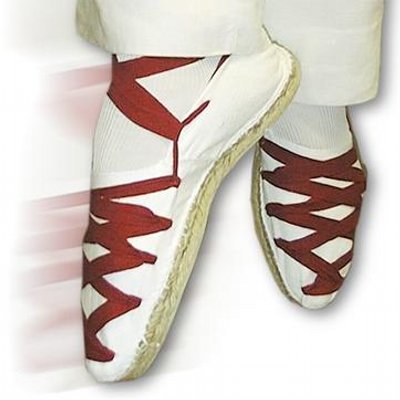They took refuge in dance in the Garazi refugee colony.
- Fleeing the war in June 1937, Donibane Garazi received 600 children from Bilbao and surrounding areas. In the Citadel of the capital, the school under the Basque Government became a colony, where nearly 800 children between 8 and 14 years of age spent two years. With the children up to 80 adults came: priests, teachers and people from other trades. So, a whole village met in the colony. Various aspects of the Garazi colony have been collected since Txomin Hiriart-Urru.


The dantzaris of the Elai Alai dance group in Gernika were also supported as a place for children. The Condor legion aircraft bombed Gernika at the Villa Cuba in Bilbao, where the dantzaris of Elai Alai first met, and then brought some 40 dancers to Donibane Garazi. Second Olaeta was the director of the group who joined a few weeks later.
The identity of the real Basques
With Olaeta the team started the tests. They had the support of the Basque Government, which aimed to disseminate the group's actions at the international level so that everyone could know the situation of the Basques.

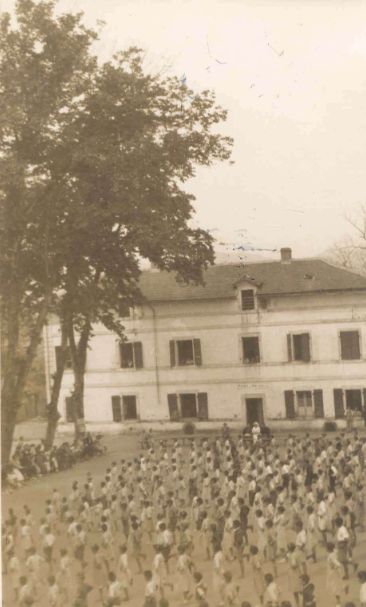
The dance group was reformed with the children of the Ciudadela, the tailors made new costumes and Olaeta made several trips to Zuberoa to drink from their dances, with the aim of defining the Basque culture. In October 1937, 4 months after the colony, 42 dantzaris from Elai Alai left the Citadel to move to Paris.
Following the group ' s march, Basque songs and dances did not disappear, however, as in the other Government colonies, since these disciplines were of particular importance. The PNV wanted to organize its own system of colonies and the objective was to educate children as authentic Basques.
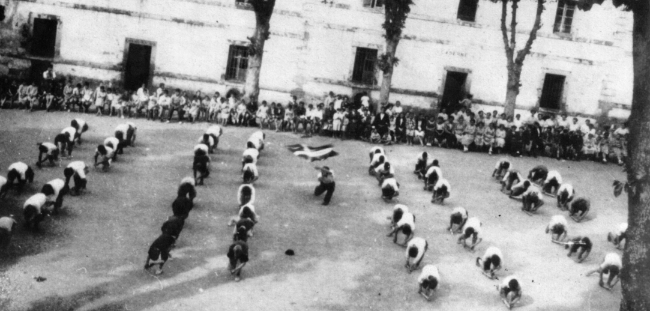
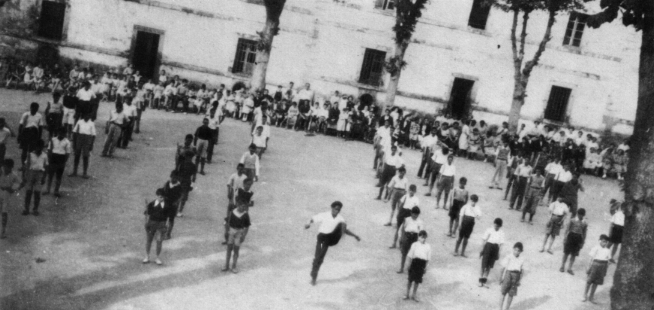
The children received daily dance classes. In addition to dance, they were taught music. In education they used innovative methods for this time, among others, children who sought to encourage reflection and criticism.
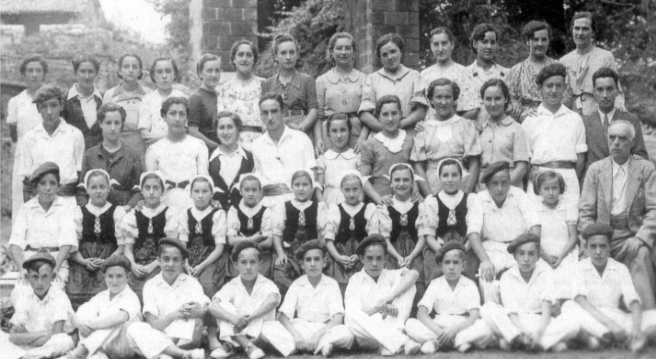
Bridge to calm dance relations
Through dance, the inhabitants of Donibane Garazi approached refugee children. Because, in principle, the arrival of children was not entirely welcome in that traditionalist and conservative society.
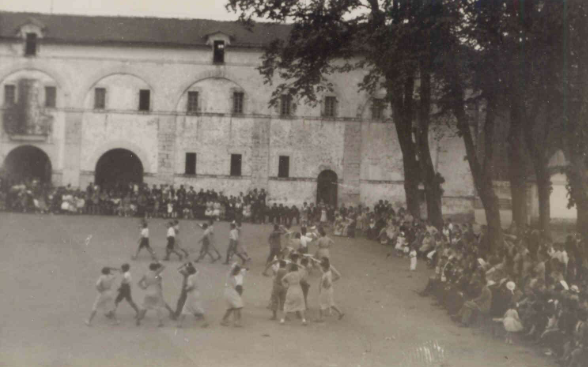
Gradually, however, the relationships were softened, which influenced the children being cared for by the three priests. They observed that the children went to Mass every day and the dance was also the guiding thread.
Left print
The Elai Alai dance group rebuilt and operated around Donibane Garazi. Dances were organized after any ceremony and religious act.

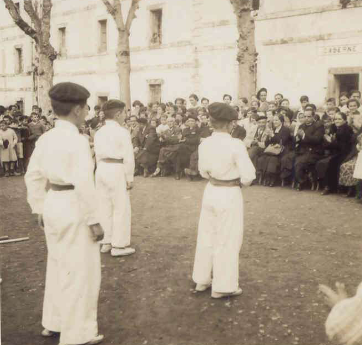
These actions affected the groups of Baja Navarra and Norte in general. Many groups in the area endorsed the codes and repertoire of Elai Alai.
Sources:
- Txomin Hiriart-Urruti: La Citadelle: Colonie d’enfants réfugiés de la Guerre civile espagnole (1937-1939)
Erorien Monumentua eraisteko eskatzen duten memoria elkarteen ustez ezin da eraikin frankista horren etorkizuna utzi herritarren esku: “Faxismoa omentzen duen eraikinarekin zer egin frankismoaren oinordekoek ere parte hartzen ahal duten galdeketa batek ezin du... [+]



